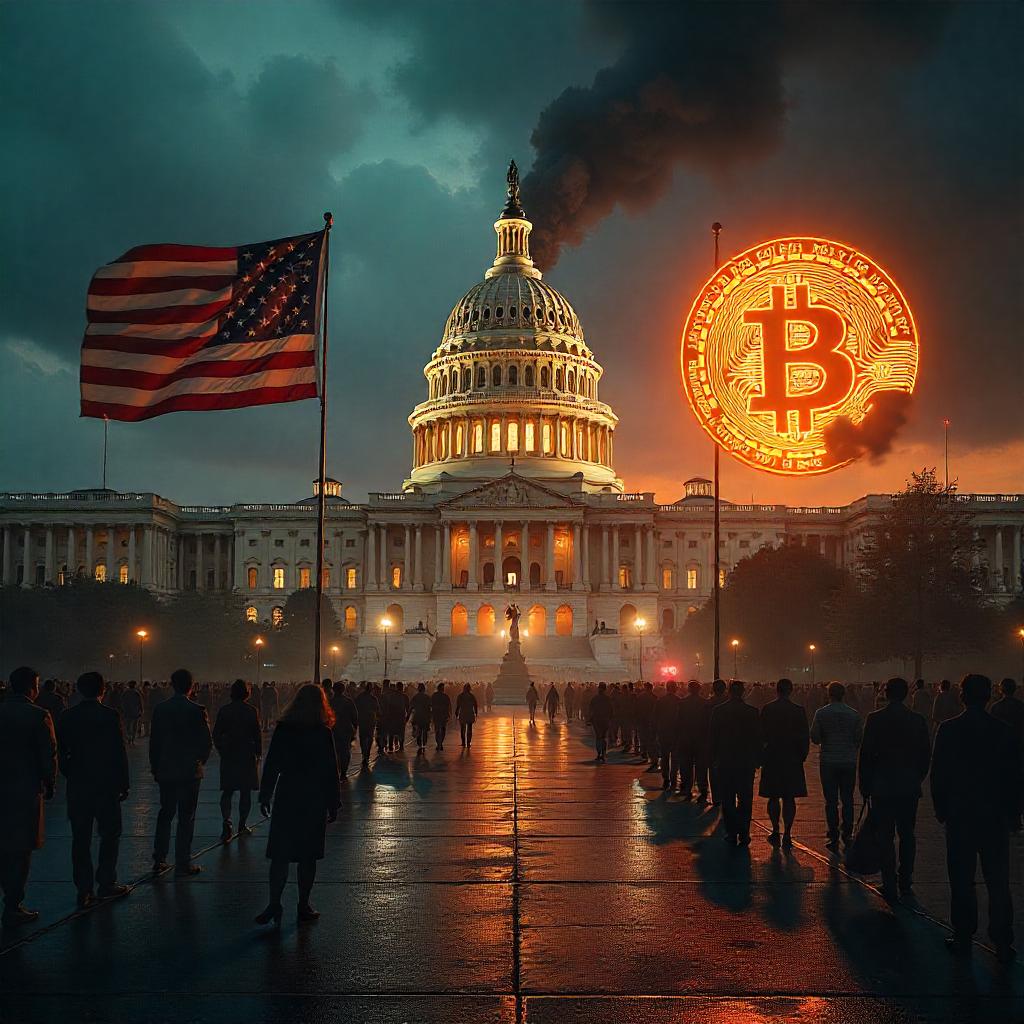The 50 percent tariff on Brazilian imports sent ripple effects across global markets. Let’s break down the key shifts:
Shock to Global Trade Flows
U.S. trade policy shifted from product-based to country-based tariffs. That move cracked open longstanding trade norms, eroding most-favored-nation status. Exporters began rerouting supply chains through low-tariff nations. Latin American nations, tightly linked to the U.S. market, face heightened risk and uncertainty.
Commodity and Currency Patterns
Tariffs weighed on commodity-linked currencies. The Brazilian real dropped sharply, but Mexico’s peso held up comparatively better. Copper prices surged due to new U.S.-Brazil tariffs, stoking concerns over inflation and supply bottlenecks.
Major Equities and ETFs Under Pressure
Global equity indices barely budged, but Brazil’s market bore the brunt. The iShares Brazil ETF triggered a sell signal amid fresh outflows. U.S. investors also showed caution toward emerging market exposure.
Return of Traditional Safe Havens
Gold outperformed other assets. Prices climbed over 1 percent after the tariff spike, reaching around $3,356 per ounce as investors sought protection. Financial analysts note trade tensions consistently push gold toward new three-week highs.
Mixed Currency Flow
The U.S. dollar strengthened as investors rotated into safe liquidity, which curbed gold’s momentum at times. Yet “dollar-negative” sentiments spiked amid growing fears of Fed cut delays in response to inflation risks from trade tariffs.
In Summary
Tariffs on Brazil rattled global trade, commodity markets, and emerging currencies. Traditional safe havens like gold saw renewed interest. Equity flows became defensive. This environment laid groundwork for crypto safe‑haven strategies—positioning digital assets alongside gold.
The 50 percent tariff announcement triggered a sharp macroeconomic reaction. Emerging markets like Brazil plunged. Traders reeled as the Brazilian real slid. Institutional and retail investors started seeking hedge options. This shift stirred real demand for crypto safe‑haven assets.
Bitcoin Reaches New Highs
Bitcoin surged past $112,000, nearing record levels as traders rotated capital from riskier assets into digital gold. Analysts noted that crypto safe‑haven demand fueled this rally as the real weakened and equity markets wobbled.
Deciphering Crypto Safe‑Haven Demand
Crypto safe‑haven demand isn’t hype—it reflects investor urgency. Traders are reacting to fiat breakdown fears: A falling real and global dollar strength prompted Bitcoin outflows from traditional markets. Decentralized protection: Bitcoin’s blockchain resilience and global liquidity appeal when geopolitical moves threaten national currencies. Historical precedent: During past trade tensions, crypto attracted hedge-seeking capital. Bitcoin jumped amid 2018 trade wars and Brexit.
Institutional crypto inflows and growing retail interest are solidifying this shift. Inflows into U.S.-based Bitcoin ETFs reached $1.7 billion last week alone.
Comparing to Traditional Safe Havens
Crypto’s ascent parallels traditional hedges like gold and the U.S. dollar. Yet Bitcoin offers faster liquidity and global, 24/7 access. It remains volatile—unlike gold’s steadier profile. It resists censorship and isn’t tied to political narratives around central banks or trade pacts.
Still, as trade tensions rose, crypto safe‑haven demand showed it can both complement and, at times, outperform inherited hedges.
Tactical Takeaway
Traders eyeing crypto as a hedge should stay nimble. Watch volatility, correlation shifts, ETF flows, and macro triggers. Understand that crypto safe‑haven demand can be a powerful tailwind—but with notable risk. Position sizing and timing become critical for hedging strategies.
As trade tensions escalate, strategic positioning becomes essential. Here are clear, actionable steps to navigate the crypto safe‑haven demand environment:
Rebalance Into Crypto Gradually
Move a portion of your portfolio from equities or currencies at risk to Bitcoin. This helps hedge against currency devaluation and market shifts. Studies show Bitcoin can protect purchasing power during fiat weakness. Avoid going all‑in. Instead, scale your crypto allocation as markets react to tariff updates and currency moves.
Use Hedged Positions
Employ protective hedging tools like short positions or options. These strategies can shield gains without outright exiting crypto. Cost is minimal—often under 5 percent of notional—but provides risk control. Know when to unwind as volatility subsides.
Monitor Correlation Shifts
Track how Bitcoin decouples from tech stocks or emerging market currencies. Increased de‑correlation strengthens its hedge value. If correlation drops below 0.3, consider diverting more flows into crypto as a safe‑haven buffer.
Watch Key Macro Signals
Stay alert to trade announcements, central bank comments, and forex statistics. These serve as triggers for market moves. A sudden Real depreciation or new tariff proposal often spikes crypto safe‑haven demand. Timely action on these signals ensures you’re ahead of the curve.
Position Size with Discipline
Set strict order sizes and stop levels. Volatility can swing 10 percent in a day during macro shocks. Choose position sizes that fit your risk tolerance. Plan entry, exit, and hedge criteria in advance. Discipline guards against emotional trading during tariff-driven booms or busts.
Diversify Digital Hedges
Include stablecoins or gold-pegged tokens like USDC or tokenized gold. They offer stability when crypto volatility spikes. Layer this with Bitcoin to form a flexible, adaptive hedge mix that balances risk and access.
The rising trade conflict has evolved beyond tariffs. It now involves diplomatic backlash, legal probes, and crypto implications. These factors raise significant risks to positioning crypto as a safe-haven amid geopolitical tension.
USTR Section 301 Investigation
The USTR launched a formal probe into Brazil’s digital trade practices under Section 301 of the Trade Act. The investigation targets alleged unfair treatment of U.S. tech firms and discriminatory tariffs on ethanol and timber. It follows rhetoric linking Brazil’s judiciary actions to mounting trade sanctions. This probe introduces regulatory uncertainty for tech and crypto flows between the two nations.
Brazil’s Economic Reciprocity Law and Decree
Brazil passed a Trade Reciprocity Law and signed a decree empowering the government to counteract foreign protectionism. The decree can suspend commercial concessions, restrict U.S. investments, and review IP obligations. Brazil’s Interministerial Committee on countermeasures stands ready. Retaliation could include tariff spikes and regulatory sanctions on American firms.
Risk of Escalation to Broader Trade War
If Brazil imposes reciprocal tariffs, sectors like aviation, agriculture, and banking face heightened risk. Embraer and major banks have already seen share drops. Analysts warn the dispute could escalate into a full trade war, unsettling global supply chains and capital flows. Political damage could deepen if both sides stick to rhetoric without compromise.
Geopolitical Alignment and Crypto Repercussions
Brazil’s alignment with BRICS and growing China ties could tilt policy toward de-dollarized trade. Crypto may emerge as a tool for cross-border transactions among emerging markets. Brazil is reportedly exploring crypto payment rails within BRICS, which could boost demand and regulatory complexity. But crypto’s political neutrality may also spark scrutiny from U.S. regulators worried about capital flight.
Legal and Institutional Blowback Against Tariff Moves
Several legal experts question the legality of using executive authority to impose 50% tariffs. Critics argue this politicizes trade policy and exceeds executive power. In Brazil, political shifts and nationalistic sentiment are strengthening. Internal courts have banned certain political activities, adding political heat to the trade fight.
Domestic Brazilian Crypto Regulation Risk
BRICS‑oriented crypto ambitions may face headwinds at home. Brazil’s Central Bank proposed restricting transfers of stablecoins to self-custody wallets, aiming for tighter oversight. This could limit decentralized safe‑havens and hinder crypto flows amid the tariff crisis.
These regulatory and political forces add layers of complexity to crypto as a hedge. Activating crypto safe‑haven demand may carry regulatory costs from both sides of the dispute. Traders must stay alert to new tariffs, legal suits, and crypto rules in Brazil.
As the U.S.–Brazil trade tensions intensify, Bitcoin has emerged as a pivotal asset in the evolving landscape of global finance. The 50% tariff threat on Brazilian imports has not only destabilized traditional markets but also spotlighted Bitcoin’s potential as a decentralized safe haven. This shift is underscored by a significant surge in institutional demand, with Bitcoin ETFs experiencing record inflows, reflecting growing confidence in its role as a hedge against geopolitical and economic uncertainties.
However, this newfound prominence comes with its own set of challenges. The U.S. Trade Representative’s investigation into Brazil’s digital trade practices and the subsequent political fallout have introduced regulatory complexities that could impact Bitcoin’s adoption and integration into global financial systems. Simultaneously, Brazil’s internal political dynamics, including the trial of former President Jair Bolsonaro and the nation’s strategic alignment with BRICS, add layers of uncertainty to the crypto landscape.
For investors and stakeholders in the crypto space, these developments necessitate a nuanced approach. While Bitcoin’s ascent as a safe-haven asset is promising, it is imperative to remain vigilant of the geopolitical and regulatory headwinds that could influence its trajectory. Strategic diversification, continuous monitoring of international relations, and an understanding of the evolving legal frameworks will be crucial in navigating this complex terrain.
In summary, the intersection of cryptocurrency and global trade is undergoing a transformative phase. Bitcoin stands at the forefront of this evolution, offering both opportunities and challenges. Its role as a safe haven is being tested in real-time, and how it adapts to the shifting sands of international trade and politics will shape its future in the global economy.




